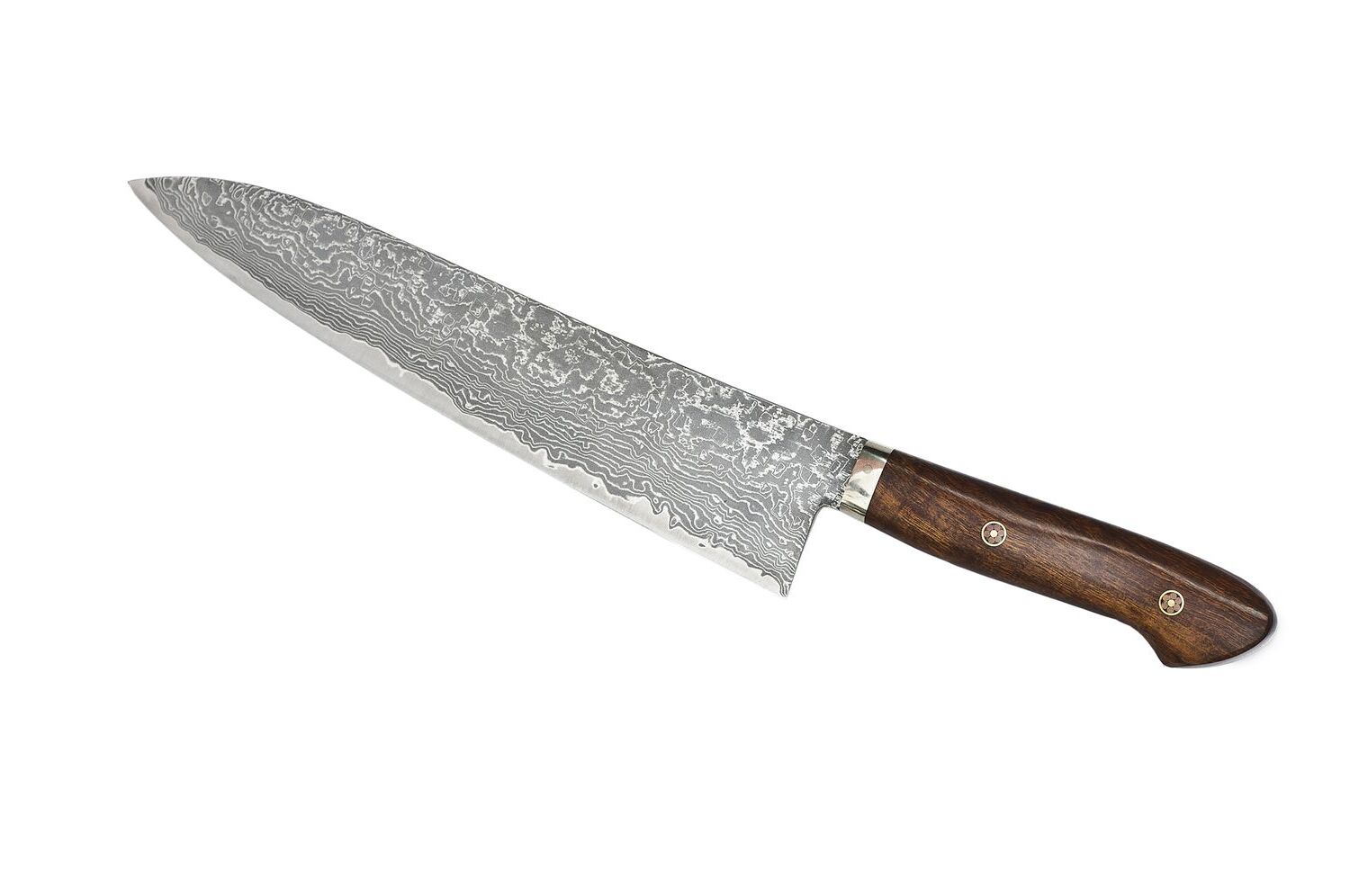
Bustamite is a fascinating mineral with a rich history and unique properties. Named after the Mexican general Anastasio Bustamante, this mineral is often found in metamorphic rocks and is prized by collectors and geologists alike. Bustamite typically forms in shades of pink, brown, or red, making it visually striking. It’s composed primarily of calcium, manganese, and silicon, giving it a distinct chemical makeup. This mineral is not just a pretty face; it has practical uses too. Bustamite is often used in ceramics and glass manufacturing due to its high melting point. Whether you’re a geology enthusiast or just curious about minerals, Bustamite offers a wealth of interesting facts and applications. Let's dive into 40 intriguing facts about this remarkable mineral!
Key Takeaways:
- Bustamite, a rare and colorful mineral, is named after a Mexican general and was first discovered in 1826. It has unique properties and can be found in various countries around the world, making it a fascinating subject for collectors and scientists alike.
- Bustamite, while not widely used, has interesting applications in jewelry, metaphysical practices, and even industrial settings. Its unique properties, such as pleochroism and fluorescence, make it a valuable subject for ongoing scientific research in mineralogy and geology.
What is Bustamite?
Bustamite is a rare mineral that often captures the interest of geologists and gem enthusiasts alike. Known for its striking colors and unique properties, it has a fascinating history and a variety of uses. Let's dive into some intriguing facts about this captivating mineral.
-
Bustamite is named after the Mexican general Anastasio Bustamante, who was also a president of Mexico.
-
It was first discovered in 1826 in the state of Hidalgo, Mexico.
-
Bustamite belongs to the inosilicate mineral group, which includes minerals with chain silicate structures.
-
The mineral typically forms in metamorphic rocks, especially those rich in manganese.
-
Bustamite often appears in shades of pink, red, and brown, making it visually appealing for collectors.
-
Its chemical formula is CaMnSi2O6, indicating it contains calcium, manganese, and silicon.
-
Bustamite is closely related to another mineral called rhodonite, but they differ in crystal structure.
-
The mineral has a Mohs hardness of 5.5 to 6.5, making it relatively durable but not suitable for everyday jewelry.
-
Bustamite crystals are usually prismatic and can be quite large, sometimes reaching several centimeters in length.
-
It has a vitreous to pearly luster, giving it a shiny appearance when polished.
Where is Bustamite Found?
Bustamite is not just limited to its place of discovery in Mexico. It can be found in various locations around the world, each offering unique specimens.
-
Significant deposits of bustamite are found in Japan, particularly in the Chichibu mine.
-
South Africa is another notable source, especially in the Kalahari manganese fields.
-
In the United States, bustamite has been discovered in California and New Jersey.
-
Australia also boasts bustamite deposits, particularly in the Broken Hill region.
-
Sweden has produced some high-quality bustamite specimens, especially from the Långban mine.
-
The mineral is also found in Greece, particularly in the Lavrion District.
-
China has recently become a significant source of bustamite, especially in the Hunan Province.
-
Namibia is known for its unique bustamite specimens, often found in the Otavi Mountainland.
-
Canada has bustamite deposits, particularly in the Mont Saint-Hilaire region of Quebec.
-
Italy is another European country where bustamite can be found, especially in the Piedmont region.
Uses of Bustamite
While bustamite is not as widely used as some other minerals, it still has several interesting applications.
-
Bustamite is often used as a collector's mineral due to its striking appearance and rarity.
-
It is sometimes cut into cabochons for use in jewelry, although its relative softness limits its practicality.
-
The mineral is also used in metaphysical practices, where it is believed to have healing properties.
-
Bustamite is thought to help with emotional balance and is often used in meditation.
-
Some people believe bustamite can aid in physical healing, particularly for issues related to the heart and lungs.
-
The mineral is also used in educational settings to teach students about mineralogy and geology.
-
Bustamite can be found in museum collections around the world, where it is displayed for its beauty and scientific interest.
-
It is sometimes used in industrial applications, particularly in the production of certain types of glass and ceramics.
-
Bustamite is also studied for its geological significance, helping scientists understand the conditions under which it forms.
-
The mineral is occasionally used in artistic creations, such as sculptures and decorative items.
Interesting Properties of Bustamite
Bustamite has several unique properties that make it stand out among other minerals.
-
Bustamite exhibits pleochroism, meaning it can show different colors when viewed from different angles.
-
The mineral has a perfect cleavage in two directions, which means it can be easily split along these planes.
-
Bustamite is often found in association with other minerals, such as calcite, rhodonite, and garnet.
-
It has a specific gravity of 3.2 to 3.4, making it denser than many other minerals.
-
Bustamite can fluoresce under ultraviolet light, often showing a bright orange or red color.
-
The mineral is sometimes used as an indicator mineral in mining, helping to locate deposits of other valuable minerals.
-
Bustamite can form solid solutions with other minerals, particularly rhodonite, leading to a range of compositions.
-
It is often found in skarn deposits, which are formed by the interaction of magma with surrounding rocks.
-
Bustamite can also occur in hydrothermal veins, where it forms from hot, mineral-rich fluids.
-
The mineral's unique properties make it a subject of ongoing scientific research, particularly in the fields of mineralogy and geology.
Bustamite's Fascinating World
Bustamite, a lesser-known but intriguing mineral, holds a wealth of interesting facts. Its unique pink to reddish-brown hues make it a favorite among collectors and gem enthusiasts. Found primarily in metamorphic rocks, bustamite often forms alongside other minerals like rhodonite and calcite. Its crystal structure and chemical composition contribute to its distinctive appearance and properties.
This mineral isn't just a pretty face; it's also used in industrial applications due to its hardness and durability. Whether you're a geology buff or simply curious about the natural world, bustamite offers a glimpse into the complex processes that shape our planet.
So next time you come across a piece of bustamite, you'll know a bit more about its fascinating journey from deep within the Earth to your collection. Happy exploring!
Frequently Asked Questions
Was this page helpful?
Our commitment to delivering trustworthy and engaging content is at the heart of what we do. Each fact on our site is contributed by real users like you, bringing a wealth of diverse insights and information. To ensure the highest standards of accuracy and reliability, our dedicated editors meticulously review each submission. This process guarantees that the facts we share are not only fascinating but also credible. Trust in our commitment to quality and authenticity as you explore and learn with us.


